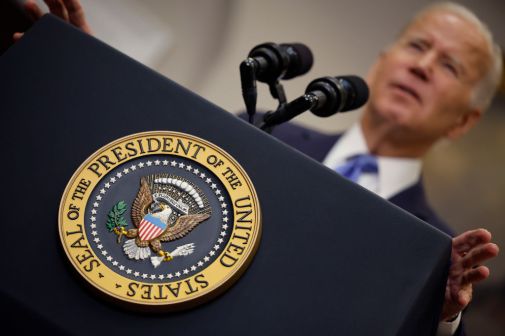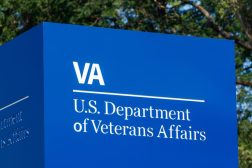 State health exchanges are seeing nearly three times the enrollment of the federal exchanges.
State health exchanges are seeing nearly three times the enrollment of the federal exchanges.Almost three times as many have signed up for health care coverage through state-run health exchanges than through the federal government’s marketplace as part of the Affordable Care Act, the Department of Health and Human Services reported Wednesday.
The numbers — approximately 79,000 people through the 15 run state-exchanges as opposed to approximately 27,000 through the 36 federally run exchanges — encompass the first month of the open-enrollment period from Oct. 1 to Nov. 2.
California leads the nation with more than 35,000 people enrolled in the program, while Florida, long seen as a battleground of the ACA with its large elderly population, has seen slightly more than 3,500 enrollees.
Five states — Alaska, Delaware, North Dakota, South Dakota and Wyoming, who all use the federal exchange — have each had less than 100 people enroll using their site.
Read complete numbers from HHS.
HHS Secretary Kathleen Sebelius added that nearly 1 million people have been approved through the verification process, but are yet to select a plan. She remained upbeat about the program, despite lower-than-expected enrollment numbers as the federal government anticipated 500,000 signups in the first month.
“The promise of quality affordable coverage is increasingly becoming reality for this first wave of applicants to the Health Insurance Marketplaces,” Sebelius said in a statement. “There is no doubt the level of interest is strong. We expect enrollment will grow substantially throughout the next five months, mirroring the pattern that Massachusetts experienced. We also expect that the numbers will grow as the website, healthcare.gov, continues to make steady improvements.”
The pattern in Massachusetts Sebelius is referring to is the experience state had when it implemented a similar system in January 2007 under the reform package that served as the model for the ACA.
Only 153 signed up in November 2006, but by December of the following year, 158,000 were enrolled. The initial figure was only 0.3 percent of estimated enrollees in Massachusetts, compared with 1.5 percent for the nationwide experience, according to HHS.
While some states faced early technical glitches, none of them compare to the federal government’s site, healthgare.gov. The site has been unable to handle the volume of traffic and has become the punch line of politicians who disagreed with the ACA from the beginning, seeing the website’s failures as a microcosm of the entire program.
“It is embarrassing that the Obama administration cannot produce a functional website, especially when so many individuals are relying on that site to purchase health insurance for themselves or their families,” Oklahoma Gov. Mary Fallin said. “Everything about the disastrous launch of healthcare.gov reinforces what many Oklahomans have been saying for years: Obamacare is an unworkable and unaffordable train wreck. It is clear that even some supporters of the law, like former President Bill Clinton, are now reaching that same conclusion.”
Federal technology leaders were called to Capitol Hill on Wednesday to testify before the House oversight committee on the problems with the site and what is being done to fix it.
“They weren’t ready — they weren’t close to ready,” committee Chairman Rep. Darrell Issa, R-Calif., said during the hearing, adding healthcare.gov turned into a “monumental” mistake instead of an “IT success story.”
Obama has enlisted the help of Jeff Zients, the longtime deputy director for management of the Office of Management and Budget who also served as Obama’s chief performance officer for the federal government.
Zients has said the problems facing healthcare.gov will be fixed by the end of the month and he has enlisted the help of U.S. Chief Technology Officer Todd Park, the former CTO of HHS.
As part of the ACA, states were required to have an exchange in place Oct. 1 for early enrollment. States could use a federally provided model through healthcare.gov, run by HHS or create their own exchange within the state.
The states that declined the federal government’s solution did so for a myriad of reasons. Some states, like Nevada, had Republican governors who strongly opposed the ACA and thus did not want the federal government running their systems. Some, like Colorado, had a third party willing and able to run the exchange on behalf of the state.
And other states, such as Washington, simply felt they do a better job than the feds.
“If you don’t do it as a state, then you’re deferring it to the federal government,” said Washington State Insurance Commissioner Mike Kreidler in a 2012 interview. “And I think everyone, from a bipartisan approach, would agree that Washington State is better off doing it for ourselves.”






